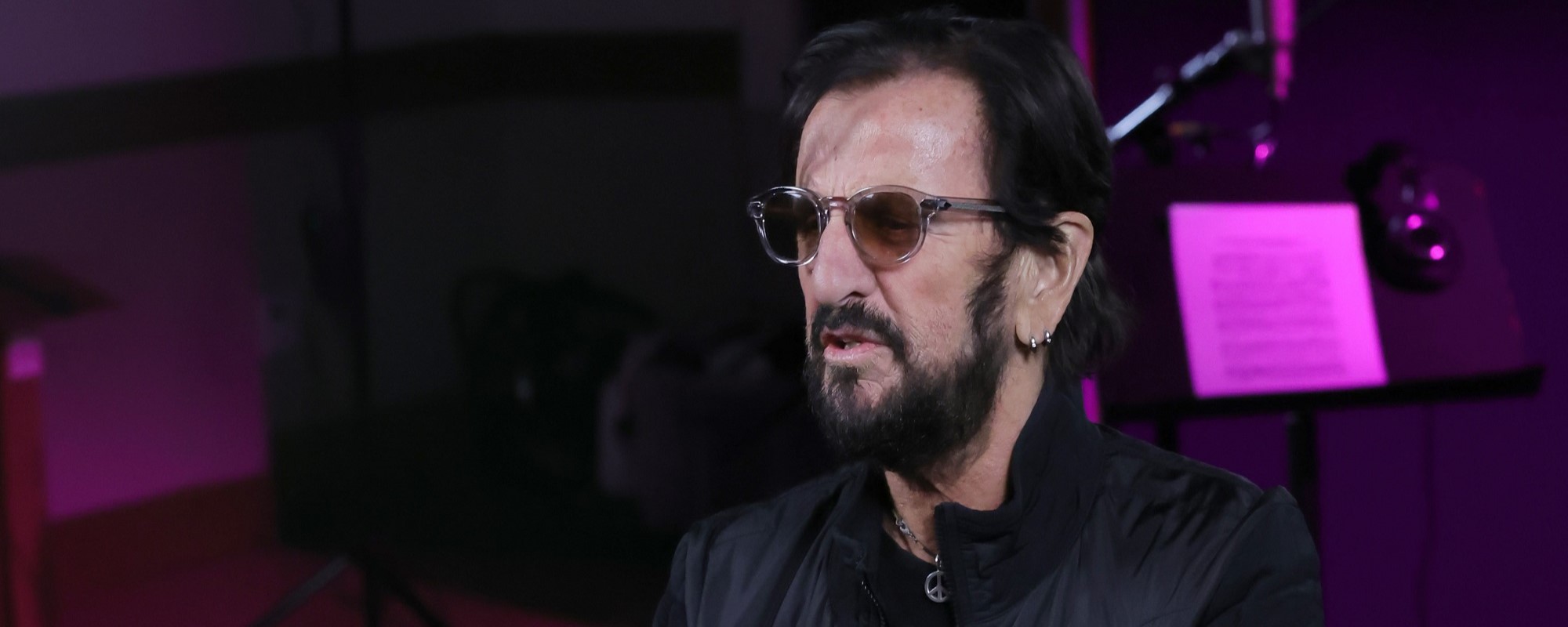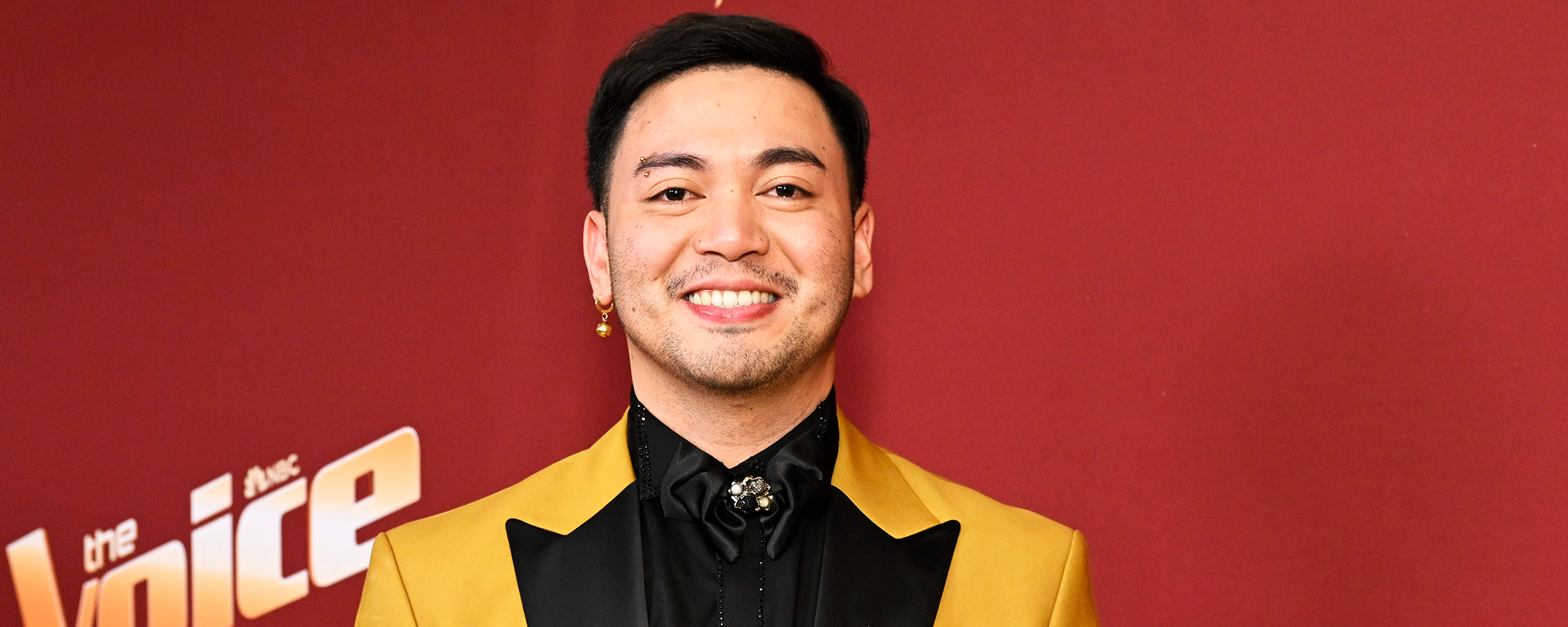Before Lana Del Rey was Lana Del Rey, she was Lizzy Grant, making music under her real name that no one was really listening to. In 2010, Grant released her debut studio album, Lana Del Ray, a digital iTunes release that was then pulled from the market three months later. Grant wasn’t charting, but she had the beginnings of a new identity forming and an idea for a complete cultural shake-up.
Videos by American Songwriter
In 2012, Grant fully embraced her new pseudonym: Lana Del Rey made her first major label debut with Born to Die that year. A new name, a new sound, and a completely new image put Del Rey on the map. She adopted an image reminiscent of Marilyn Monroe, the gangster’s girlfriend, innocent yet doomed youth. And while her fans were warmly receptive to Born to Die, the critics were not.
Her image was fake, they said, or her music was juvenile and out of touch. As Pitchfork wrote in its review at the time, Born to Die was “the album equivalent of a faked orgasm.” In a recent profile with Harper’s Bazaar, Del Rey is an enigma, fully presenting the convoluted duality of her real life and her image. She’s confusing, she’s fascinating, and she’s painfully normal despite her intense celebrity. In the words of John Waters, “She’s unearthly suburban and unreasonably talented, and she can pretend to be a normal person.”
[RELATED: The Meaning Behind the Sexual “A&W” by Lana Del Rey]
As for Born to Die, it was commercially loved in 2012. It spent 500 weeks on the Billboard Hot 200 and was the fifth highest-selling album in the world at the time. But, still, the album and Del Rey were torn apart by the critics. “I think in one week, The New Yorker, The New York Times, The New York Post, and New York magazine agreed that it was the most ridiculous act that had ever come out,” Del Rey told Harper’s.
What did the critics get so wrong about Lana Del Rey? How did they miss the mark so completely that they called her “disaffected and cynical and romantic and brutal and naïve, which makes her sound more forgetful than profound”?
“It was 100 percent authentic,” said Del Rey of her image. “It’s just that where I was at the time was malleable in my own life—easy to, like, acquiesce.” She shared that she wanted to understand why the critics were saying these things about her. “I kept rereading the idea of somebody who was feigning vulnerability,” she said. “[But] perhaps what they saw was what was vulnerable.”
Retrospectively, Pitchfork put out a new review of Born to Die almost ten years later, writing, “Lana is reaching for something: the fulcrum point where the fear and pain of sexualization start to work as leverage.” The question is this: why do this at all? Why backpedal a decade later and heap praise on a work they initially found so distasteful? It could be because many critics believed Del Rey’s career would be a flash in the pan. But, as Del Rey said herself, “It’s almost like they were wrong. That’s all,” she said, “They just got it all wrong. That’s all.”
(Featured image by Monica Schipper/Getty Images)






Leave a Reply
Only members can comment. Become a member. Already a member? Log in.